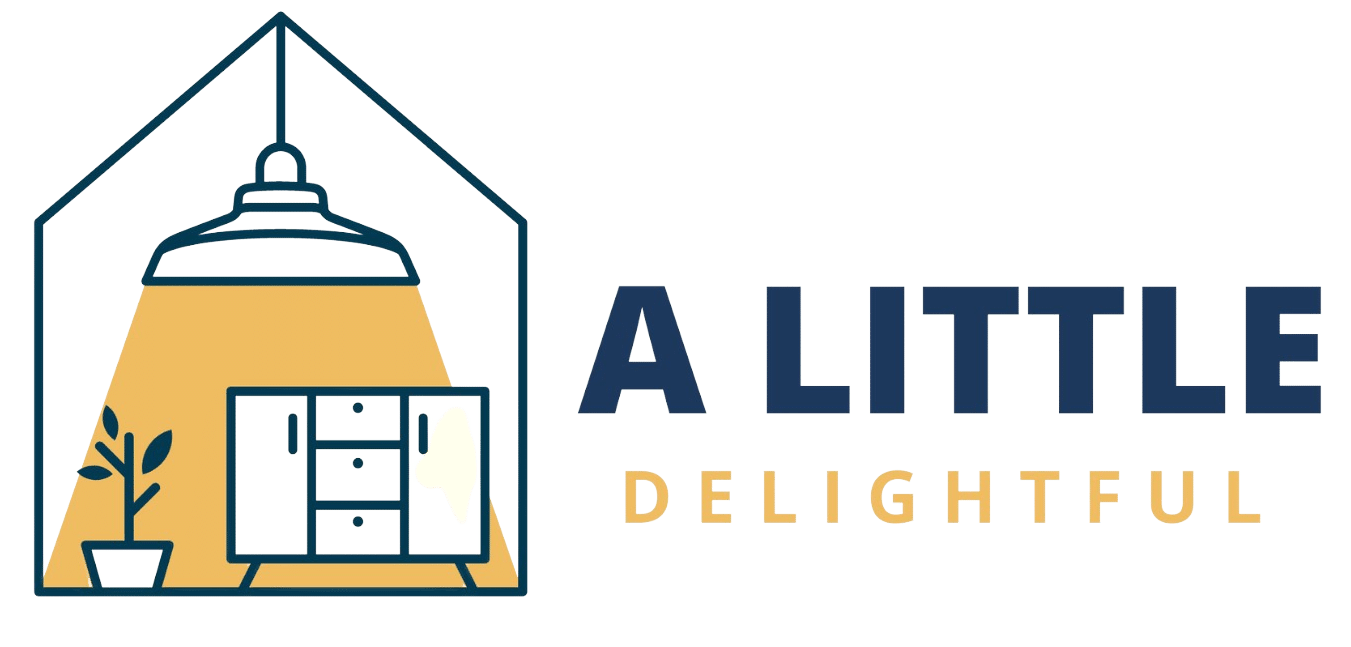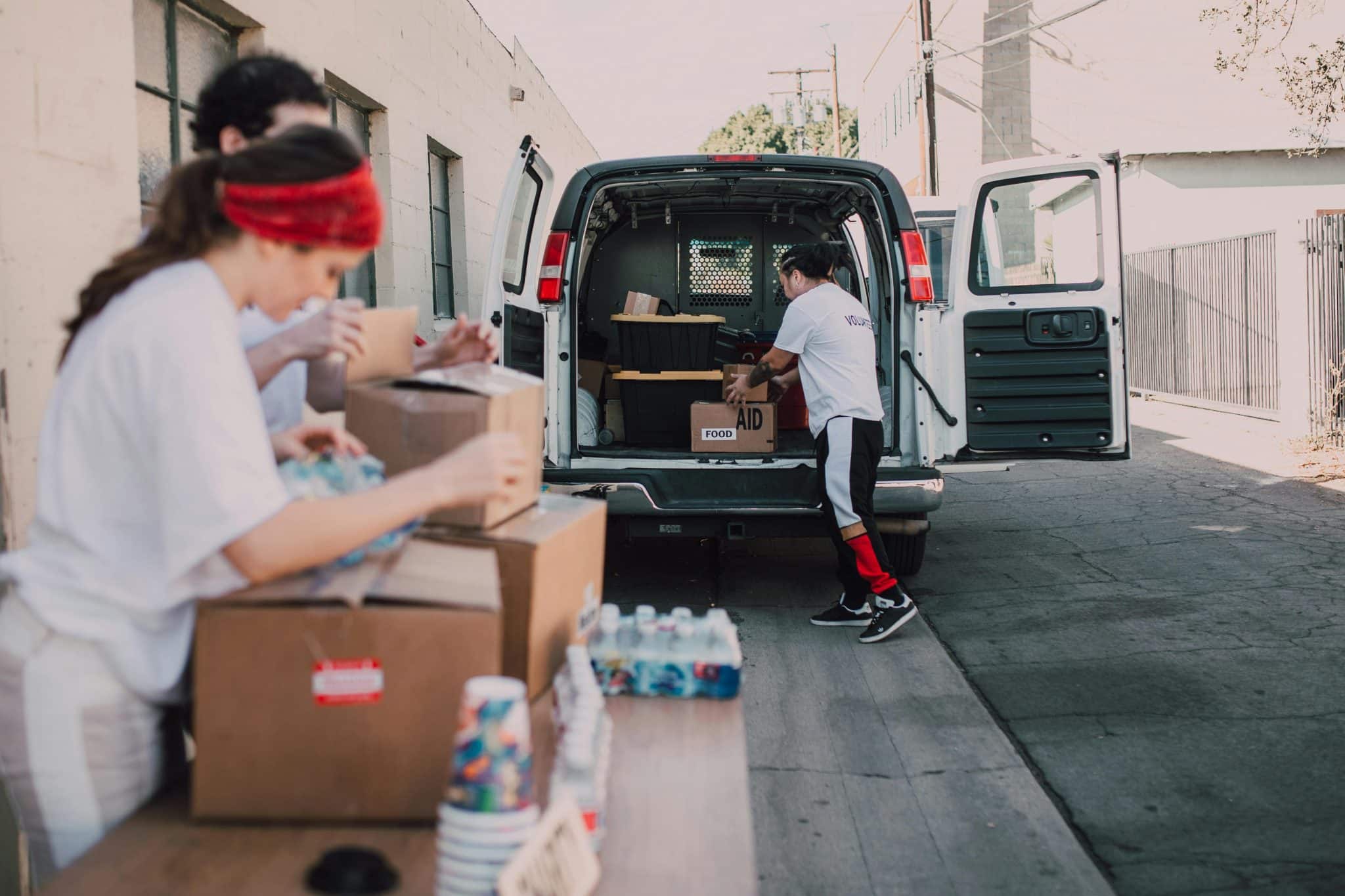How to Make Giving Back Part of Your Family’s Routine
Teaching generosity requires more than annual donations or classroom lessons, children learn best through direct observation and participation. Families can develop a culture of giving through regular, small actions that transform kindness into an integral part of their daily existence. Children understand the value of giving through observing your compassionate behavior because it teaches them both the act of giving and its essential purpose.
The practice of family-based giving, through volunteering, neighbourly assistance, and taking the time to donate to Surf Life Saving Foundation helps establish lasting habits that children carry into adulthood. The following steps outline simple, natural ways to incorporate generosity into your daily life without adding extra tasks to your schedule.
Start With Conversations, Not Instructions
Children acquire their values through observing their environment and paying attention to what others say. Show your children what kindness looks like instead of instructing them to be kind. Real-life examples about how small gestures such as sharing food and donating clothes, and helping others, lead to positive chain reactions should be shared with children.
Include these discussions in your daily routine. Ask questions like:
- “Who could we help this week?”
- “What do you think would make someone’s day a little better?”
- “If we had $10 to share, where would you want it to go?”
When you discuss giving openly with your children, they will understand it as a regular practice rather than an occasional activity. The main objective is to develop both curiosity and empathy in children rather than forcing them to give.
Establish Basic Regular Traditions for Giving
Generosity exists in various forms that do not need to be costly or elaborate. The key factor is maintaining regularity in your actions. Families who establish regular giving practices during daily routines develop automatic generosity habits.
The following three practices can help you establish a routine of giving:
- The Kindness Jar requires family members to write down their weekly good deeds. The family should read all collected entries together during the final month of the year to celebrate.
- The Share-and-Save Rule teaches children to divide their earnings into three parts for personal spending, saving, and charitable giving.
Each month, your family should select a different mission, which could involve food collection, senior card writing, or park cleanup activities to become a fun family competition.
Small, consistent actions teach children to appreciate their community and foster gratitude toward others.
Volunteer Together
The direct experience of volunteering alongside family members allows children to witness the actual results of their time and work. The practice of volunteering helps people understand the real value of their contributions beyond theoretical concepts.
Choose activities for volunteering that match your family members’ age range and personal interests:
- Local animal shelters receive dog walking services from your family.
- Your family should participate in neighborhood gardening activities and beach cleanup initiatives.
- The process of preparing food hampers for local charities requires your assistance.
- Your family should visit aged-care facilities to read books, play games, and sing songs with residents.
The experience of volunteering creates shared memories that your children will treasure beyond the completion of their assigned tasks.
Lead by Example
Your children will observe the things you choose to focus on in life. Your children will be more likely to help others when they witness your regular donations and daily acts of kindness and empathy.
Explain to your children the reasons behind your charitable actions and describe the positive emotions you experience from giving. Your children will learn valuable lessons about kindness when they observe you helping others without expecting anything in return through actions like returning lost items, buying coffee for strangers, and assisting neighbors.
The small actions you perform daily serve as silent teachings that help children develop their understanding of the world and their position in it.
Make It Personal
Giving feels most rewarding when it aligns with your family’s values or experiences, for example, supporting local lifeguard programs that run your child’s swimming lessons.. The connection between your family efforts. Your child shows deep affection for animals.
Your support should go to wildlife rescue organizations. The values and giving activities make the experience more significant for everyone involved.
Let your children choose the causes they want to support, and listen to their reasons. The sense of ownership they develop will lead to increased dedication toward their chosen causes.
Celebrate the Impact
After completing your help work or donation activities, spend time with your family to discuss the positive effects that resulted from your actions. The discussion should focus on how your actions affected others and the positive emotions they brought to you and your family. Share your experiences and remind everyone that generosity isn’t about perfection, it’s about presence, care, and consistency.
Celebrate your family’s generosity with a ‘Giving Scrapbook’, a collection of photos, thank-you notes, and drawings that reflect your family’s values.
Your family can develop generosity through everyday activities that do not need elaborate planning or big gestures. The process begins with setting intentions to identify everyday chances for kindness, which you can perform together as a family.
The practice of small acts of kindness develops into family habits, which then transform into core values that define your family’s character. The practice of shared giving routines teaches children that happiness expands when we share it with others.








